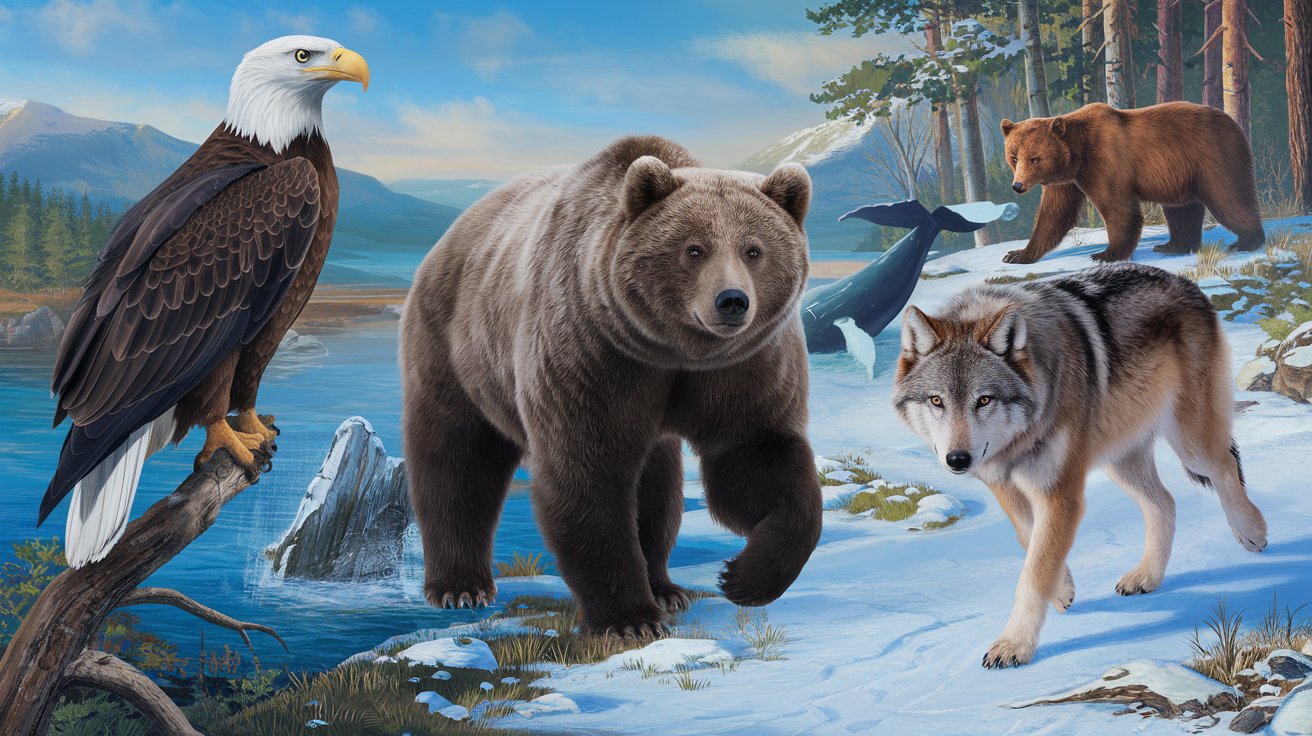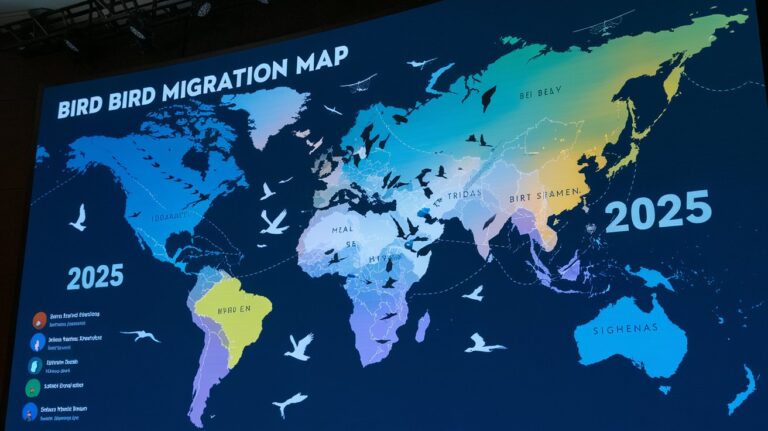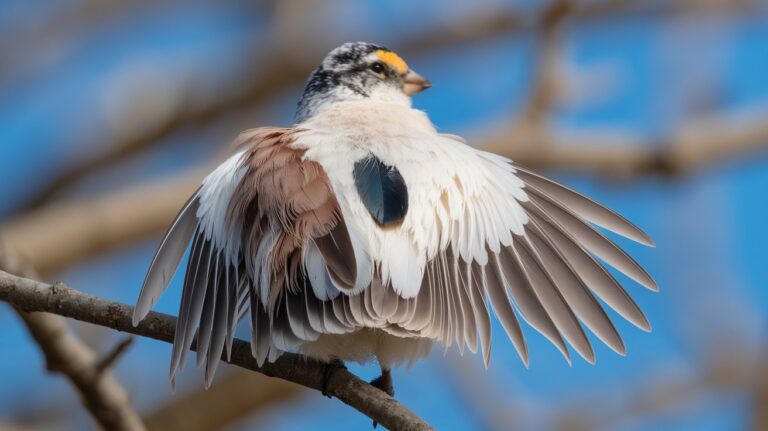What Are Endangered Species? Complete Guide & US Examples 2025
Endangered species are animals, plants, or other organisms that face a high risk of extinction in the wild due to factors like habitat loss, climate change, and human activities. According to the US Fish and Wildlife Service, over 1,600 species are currently listed as endangered or threatened in the United States as of 2024, highlighting the urgent need for conservation efforts to protect our planet’s biodiversity.
What Are Endangered and Threatened Species?
The Endangered Species Act of 1973 provides legal definitions that distinguish between different conservation statuses. An endangered species is one that is in danger of extinction throughout all or a significant portion of its range, while a threatened species is likely to become endangered in the foreseeable future. These classifications help prioritize conservation efforts and allocate resources effectively.
The classification process involves rigorous scientific assessment by federal wildlife agencies. Species are evaluated based on five factors: present or threatened destruction of habitat, overutilization for commercial purposes, disease or predation, inadequacy of existing regulatory mechanisms, and other natural or human-made factors. This comprehensive approach ensures that endangered animals receive appropriate protection under federal law.
Legal Protection Under Federal Law
Federal protection for endangered species includes prohibitions against killing, harming, or harassing listed animals, as well as destroying their critical habitat. The US Fish and Wildlife Service and National Marine Fisheries Service share responsibility for implementing these protections, with violations carrying penalties up to $50,000 in fines and one year in prison for individuals.
Scientific Criteria for Listing
Scientists use population data, habitat assessments, and threat analyses to determine if a species qualifies for endangered status. The process typically takes 2-3 years and involves public comment periods, peer review, and consultation with state wildlife agencies to ensure accurate classification based on the best available scientific information.
How Does Extinction Happen?
Species extinction occurs through various interconnected processes that reduce population sizes below sustainable levels. Habitat destruction remains the leading cause, affecting approximately 85% of threatened and endangered species in the United States. Urban development, agriculture, and infrastructure projects fragment natural ecosystems, leaving animals without sufficient space, food sources, or breeding grounds.
Climate change accelerates extinction risks by altering temperature patterns, precipitation levels, and seasonal cycles that animals depend on for survival. Rising sea levels threaten coastal species, while changing weather patterns disrupt migration routes and breeding cycles. Invasive species introduced by human activities compete with native wildlife for resources, often overwhelming local ecosystems that lack natural defenses against these new threats.
Human-Driven Extinction Factors
Overexploitation through hunting, fishing, and harvesting has historically driven many species toward extinction. Pollution, including chemical runoff, plastic waste, and light pollution, continues to degrade habitats and poison wildlife. Disease outbreaks, often exacerbated by climate change and habitat stress, can devastate endangered animals with small population sizes and limited genetic diversity.
Natural Extinction Processes
While human activities accelerate extinction rates, natural factors also contribute to species loss. Genetic bottlenecks in small populations reduce reproductive success and increase vulnerability to environmental changes. Natural disasters, predation pressure, and competition for limited resources can push already vulnerable species past the point of recovery.
Top 10 Endangered Animals in the United States
The United States hosts numerous critically endangered species that require immediate conservation attention. The Florida panther, with only 120-230 individuals remaining in the wild as of 2024, represents one of the most endangered large mammals in North America. These magnificent cats face threats from vehicle strikes, habitat fragmentation, and genetic isolation in their remaining Everglades habitat.
Marine species also face severe threats, with the North Atlantic right whale population declining to fewer than 340 individuals. Ship strikes and fishing gear entanglements pose the greatest risks to these massive marine mammals. The California condor, once numbering only 27 birds in 1987, has recovered to over 500 individuals through intensive breeding programs, though it remains critically dependent on conservation efforts.
Critically Endangered Mammals
The black-footed ferret, Hawaiian monk seal, and Jaguarundi represent endangered animals with populations under critical thresholds. Each species requires specialized habitat management and breeding programs to prevent extinction. The Amur leopard, though primarily found in Russia and China, has habitat connections to Alaska that make it relevant to US conservation efforts.
Endangered Birds and Marine Life
The ivory-billed woodpecker, possibly extinct but still listed as endangered, symbolizes the challenges of confirming species survival. Whooping cranes, with approximately 500 individuals, demonstrate successful conservation when adequate resources and habitat protection are provided. Marine species like the vaquita porpoise and various sea turtle species continue declining despite international protection efforts.
Endangered Species in Different US Regions
Regional variations in endangered species reflect diverse ecosystems and specific threats across the United States. The Southeast hosts the highest concentration of endangered species, with Florida alone containing over 130 listed species. Wetland destruction, urban development, and invasive species particularly impact this biodiverse region.
Western states face different challenges, with desert species adapted to arid conditions threatened by water diversions and renewable energy development. The Southwest’s unique desert ecosystems support specialized animals like the Sonoran pronghorn and Mexican spotted owl, both requiring careful habitat management to survive climate change impacts.
Pacific Coast Endangered Species
California’s mediterranean climate supports numerous endemic species, including the San Francisco garter snake and California clapper rail. Coastal development and sea-level rise threaten beach-nesting birds and marine mammals. The Pacific salmon runs, once numbering in millions, now struggle with dam construction and ocean warming affecting their life cycles.
Great Lakes and Northern Forest Species
Cold-adapted species in northern states face particular vulnerability to climate warming. The Canada lynx, gray wolf, and various migratory birds depend on specific temperature ranges and prey relationships that climate change disrupts. Invasive species in the Great Lakes ecosystem continue altering food webs that native species evolved to utilize.
Why Protect Endangered and Threatened Species?
Protecting endangered species provides essential ecosystem services valued at billions of dollars annually. Pollinators like native bees contribute over $15 billion to US agriculture, while predators maintain prey population balance that prevents crop damage and disease spread. Biodiversity preservation ensures ecosystem resilience against environmental changes and natural disasters.
Medical discoveries from endangered plants and animals offer potential treatments for human diseases. Many pharmaceuticals derive from natural compounds found in rare species, making their extinction a loss of potential medical breakthroughs. The economic value of ecotourism related to wildlife viewing generates over $80 billion annually in the United States, supporting rural communities and conservation funding.
Conservation Success Stories and Recovery Programs
Several endangered animals demonstrate that conservation efforts can successfully prevent extinction and restore populations. The bald eagle population recovered from 417 breeding pairs in 1963 to over 316,000 individuals by 2019, leading to its removal from the endangered species list. DDT bans and habitat protection enabled this remarkable recovery.
Gray whale populations rebounded from near extinction to healthy numbers through international cooperation and hunting moratoriums. The American alligator, once numbering fewer than 1,000 individuals, now thrives with populations exceeding one million across the Southeast. These successes prove that dedicated conservation efforts, adequate funding, and habitat protection can restore even critically endangered species.
Breeding and Reintroduction Programs
Captive breeding programs provide genetic diversity and population insurance for critically endangered species. The California condor program, costing over $50 million, demonstrates intensive management success. Black-footed ferret reintroduction efforts in western grasslands show promise despite ongoing challenges with disease and habitat availability.
Habitat Restoration Initiatives
Large-scale habitat restoration projects benefit multiple species simultaneously. Everglades restoration efforts costing $16 billion aim to restore water flow patterns benefiting hundreds of native species. Prairie restoration in the Great Plains provides habitat for grassland birds while supporting carbon sequestration and soil health.
How Individuals Can Help Protect Endangered Species
Individual actions collectively impact endangered species conservation through consumer choices, habitat stewardship, and political engagement. Choosing sustainable products, reducing plastic consumption, and supporting eco-friendly businesses reduce environmental pressures on wildlife. Participating in citizen science projects provides valuable data for researchers monitoring species populations and habitat conditions.
Creating wildlife-friendly spaces in yards and communities supports local biodiversity. Native plant gardens provide food and shelter for pollinators and birds, while reducing pesticide use protects beneficial insects and aquatic animals. Volunteering with conservation organizations amplifies individual impact through organized restoration projects and advocacy efforts.
Related video about what are endangered species
This video complements the article information with a practical visual demonstration.
Most asked questions about what are endangered species
What do you mean by endangered species?
An endangered species is any animal, plant, or organism that faces a high risk of extinction in the wild due to factors like habitat loss, climate change, disease, or human activities. In the United States, species are officially classified as endangered when they are in danger of extinction throughout all or a significant portion of their range, requiring federal protection under the Endangered Species Act.
What is the 10 most endangered animals in the US?
The 10 most endangered animals in the US include the Florida panther (120-230 individuals), North Atlantic right whale (fewer than 340), California condor (over 500 but still critical), black-footed ferret, Hawaiian monk seal, Jaguarundi, whooping crane (approximately 500), Amur leopard, ivory-billed woodpecker (possibly extinct), and various sea turtle species. These numbers reflect 2024 population estimates.
Which of the big 5 are endangered?
The traditional African ‘Big 5’ (lion, leopard, rhinoceros, elephant, buffalo) are not native to the United States. However, if referring to large North American mammals, the Florida panther (subspecies of cougar), gray wolf (in some regions), and brown bear (grizzly) face varying degrees of threat. The Florida panther remains critically endangered with very limited populations.
What species is endangered in the United States?
Over 1,600 species are currently listed as endangered or threatened in the United States as of 2024. Notable examples include marine mammals like right whales and Hawaiian monk seals, birds like California condors and whooping cranes, mammals like Florida panthers and black-footed ferrets, and numerous plants, fish, and invertebrate species across different ecosystems.
How many endangered species have been saved from extinction?
The Endangered Species Act has prevented the extinction of 99% of listed species since 1973. Notable recovery successes include the bald eagle (removed from the list), American alligator, gray whale, and brown pelican. Over 100 species have been downlisted from endangered to threatened status, while 54 species have been completely delisted due to recovery efforts.
What causes species to become endangered?
The primary causes include habitat destruction (affecting 85% of endangered species), climate change, invasive species, overexploitation, pollution, and disease. Human activities like urban development, agriculture, and infrastructure projects fragment natural habitats, while climate change alters temperature and precipitation patterns that species depend on for survival.
| Conservation Aspect | Current Status (2024) | Conservation Benefit |
|---|---|---|
| Species Listed | 1,600+ endangered/threatened species | Legal protection and recovery plans |
| Success Rate | 99% extinction prevention since 1973 | Biodiversity preservation |
| Economic Impact | $80+ billion from wildlife tourism | Job creation and rural support |
| Ecosystem Services | $15+ billion from pollinators | Agricultural productivity |
| Recovery Programs | 54 species delisted due to recovery | Ecosystem restoration |






